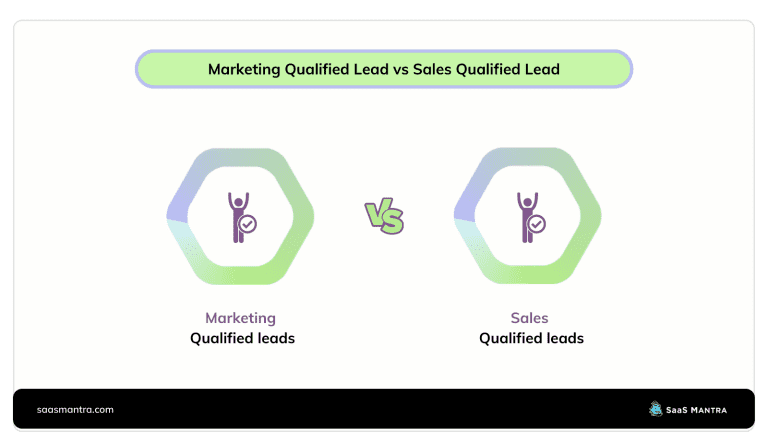What is Search Intent? How To Optimize Your Content For It?
Table of Contents
- What is Search Intent?
- Four Types of Search Intent
- Best Practices to Optimize Content for Search Intent
- Establishing E-A-T principles
1. What is Search Intent?
Search intent is a user’s desire to find something specific on the web. For example, if you are looking for information on a particular car model, you would type “car model” into Google.
The search engine then shows you websites that contain related words such as “car models” or “cars”. You’ll be taken directly to that page if you click on one of these links.
The main goal of SEO (search engine optimization) is to improve your ranking on search engines such as Google, Bing, etc. This means optimizing your web pages to rank higher in organic search results.
Search intent is the single most important factor that determines whether or not someone clicks through to your site from Google or another search engine. The three C’s of search intent are:
1) Competitiveness – How competitive is the keyword/phrase you want to rank for?
2) Consistency – Are you ranking consistently for similar keywords?
3) Compelling Content – Is your page optimized for conversions?
2. Four Types of Search Intent:
There are four main categories of search intent: informational, navigational, transactional, and commercial. Learn more about these four search intents and how to optimize them 🔽
A. Informational searches
Informational searches are the most common, comprising 75% of all queries. They tend to be short term and low-commitment.
For example, someone might visit Google to look for a restaurant recommendation. They involve seeking information from the web (e.g., “what time is sunset today”) or looking for general knowledge (e.g., weather).
B. Transactional searches
Transactional searches, such as for flight tickets, hotel rooms, or car rentals, account for 25%. These searches are longer term and require higher commitment.
For instance, someone searching for airline tickets may intend to book the ticket within the next week. Transactional searches include buying things (e.g., Amazon), booking flights, or reserving seats.
C. Navigational searches
Navigational search intent is a new keyword targeting approach that helps advertisers reach their audience through mobile devices.
This type of intent is very similar to long-form conversions, except they are shorter and less likely to convert.
D. Commercial searches
Commercial Search Intent (CSI) refers to the type of searches conducted via paid search ads. CSI has become one of the most important metrics for advertisers because it reveals insights into consumer behavior.
3. Best Practices to Optimize Content for Search Intent
Target long-tail keywords:
Long-tail keywords are important for SEO (search engine optimization). They are also very useful for building backlinks.
To get a good ranking using long-tail keywords, you need to include them in your title tag, URL, description, or body text.
Write effective meta description:
Meta descriptions are short snippets of text that appear below a web page’s title tag. They describe the content of the page and give visitors a quick preview of what’s inside.
The meta description should include keywords related to the sites topic, such as the name of the company or product. This makes it easier for Google to identify the page and rank it higher in the search results.
Create posts with images:
Images are great because they engage readers. They also increase conversion rates, especially when you include infographics and other visual elements.
People love looking at pictures, so don’t forget to add some! Make sure you have high-quality images before uploading them to your site. You can do that with free image editing software like Canva or Pixlr.
Simplify your page heading:
Headings are the main navigation element on every web page. They are also important for SEO because they tell Google where to put its focus. Headings should be short and clear, but don’t overdo it.
4. Establishing E-A-T principles:
To establish E-A-T (Expertise, Authoritativeness, Trustworthiness) principles, focus on building authority and trust through relevant content and high-quality links.
The idea behind E-A-T is simple: If you want to earn trust, you need to provide value and expertise. And if you want to gain authority, you need to demonstrate your authenticity and credibility.
Final Word
Optimizing your site for search intent benefits both you and your visitors. The reason why you should do this is that it helps you rank higher on Google. In addition, it also increases conversions.


